Elektrikli yük maşını xəbərləri
Summer Maintenance Guide for New Energy Pure Electric Vehicles
haqqında yerləşdirilib tərəfindən Elektrikli yük maşınları
As the summer season unfolds, it brings with it a unique set of challenges and considerations for the owners of new energy pure elektrik avtomobils. Proper maintenance during this time is crucial to ensure the optimal performance, təhlükəsizlik, and longevity of these vehicles. Here is a comprehensive summer maintenance guide to help you keep your new energy pure elektrik avtomobil in top shape.
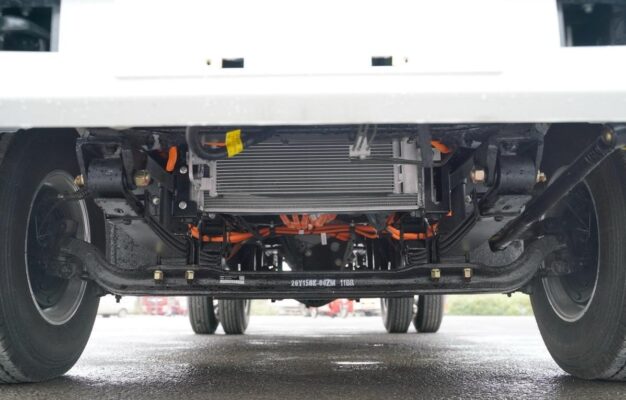
- Pre-inspection:
Before embarking on any journey in the rainy season, it is essential to conduct a thorough pre-driving inspection. This initial step can help identify potential issues and ensure a safe driving experience. The main areas to focus on during this pre-inspection include checking whether the windshield wipers and the vehicle’s air conditioning defogging function are normal.
Windshield wipers play a vital role in maintaining clear visibility during rainy days. Inspect the wipers for any signs of wear or damage. Ensure that they are in good condition and can effectively clear rainwater from the windshield. Replace any worn-out wiper blades to ensure optimal performance. Əlavə olaraq, test the wiper speed settings to make sure they are functioning properly.
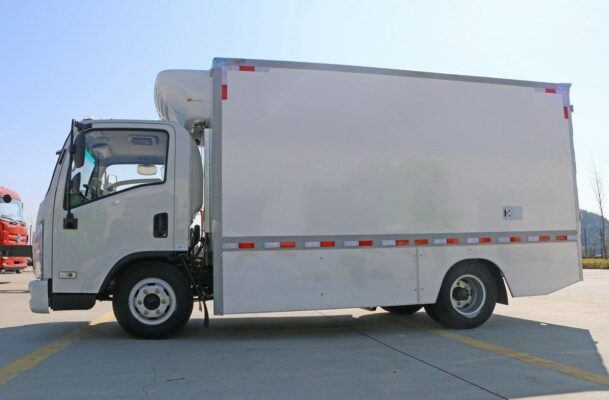
The air conditioning defogging function is equally important, especially in humid weather. Fogging on the windshield can significantly reduce visibility and pose a safety hazard. Test the defogging function to ensure it can quickly clear the windshield of moisture. Make sure the air vents are directed properly to provide maximum defogging efficiency.
Məsələn, imagine setting out on a rainy day without checking the windshield wipers and defogging function. If the wipers are not working properly or the defogging system fails, it can be extremely dangerous, as visibility will be severely compromised. This could lead to accidents or difficulties in navigating the road.
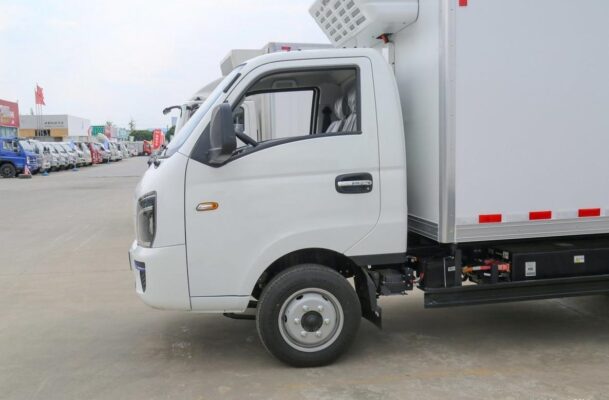
- Frequently use air conditioning:
For the summer maintenance of new energy vehicles, one of the key aspects is to frequently use the air conditioning and keep the interior of the car clean. The longer the air conditioning is on, the more important it becomes to maintain it regularly. This holds true for both gasoline vehicles and new energy vehicles.
Using the air conditioning not only provides comfort to the occupants but also helps maintain a pleasant driving environment. Lakin, it’s important to note that turning on the air conditioning will lead to a decrease in driving range. This is because the air conditioning system consumes energy from the battery, reducing the available power for propulsion.
To maximize the efficiency of the air conditioning system and minimize the impact on driving range, make sure to set the temperature and fan speed appropriately. Avoid setting the temperature too low or using the highest fan speed continuously, as this can consume more energy. Əlavə olaraq, keep the air vents clean and unobstructed to ensure proper air circulation.
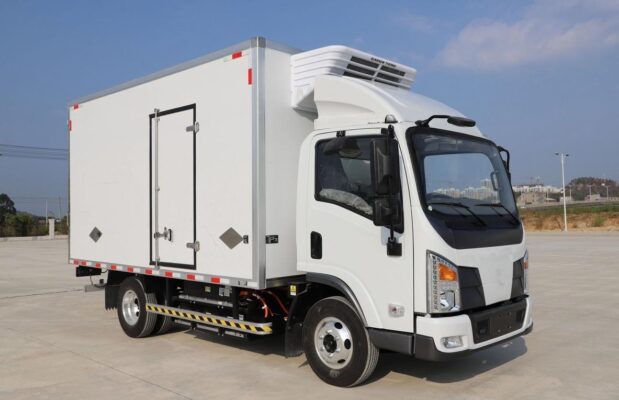
Regularly clean the air filters of the air conditioning system to ensure good air quality and optimal performance. Dirty air filters can restrict air flow and reduce the efficiency of the system. Follow the manufacturer’s recommendations for filter replacement or cleaning intervals.
Məsələn, if you frequently use the air conditioning without proper maintenance, it can lead to poor air quality inside the vehicle and reduced cooling efficiency. This can make the driving experience uncomfortable and may also affect the health of the occupants. Üstəlik, the increased energy consumption can result in a shorter driving range, which may require more frequent charging.
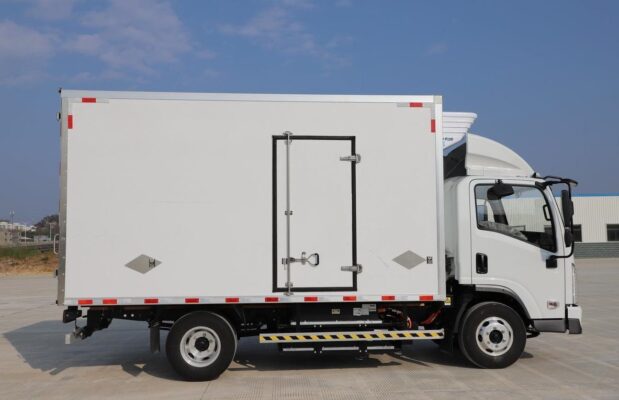
- Avoid parking in direct sunlight:
Elektrikli avtomobils are strictly prohibited from being exposed to direct sunlight for extended periods. An environment with too high a temperature can have a significant impact on the battery and other components of the vehicle. High temperatures can increase the internal pressure of the battery, which can cause the battery to lose water. This leads to a decrease in battery activity and accelerates the aging of the battery plates.
To protect your vehicle from the sun, try to park it in a shaded area or a garage whenever possible. If parking outdoors is unavoidable, consider using a sunshade or car cover to reduce the amount of direct sunlight on the vehicle. This can help keep the interior and battery cooler, prolonging the life of the battery and maintaining the overall performance of the vehicle.
Məsələn, imagine leaving your elektrik avtomobil parked in direct sunlight for hours on a hot summer day. The high temperature can cause the battery to overheat, tutumunu və ömrünü azaldır. Over time, this can lead to decreased driving range and potential battery failures. Digər tərəfdən, parking in a shaded area or using a sunshade can help keep the vehicle cooler and protect the battery from excessive heat.
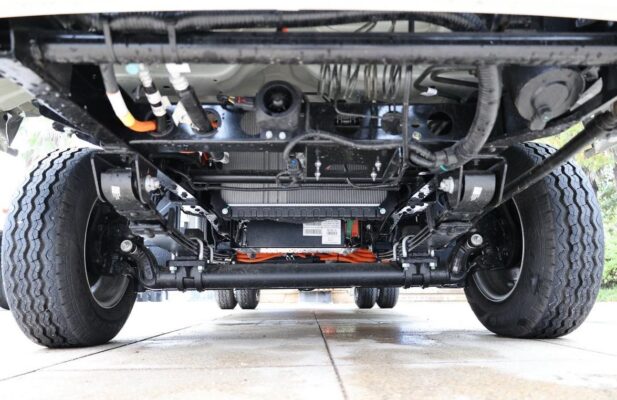
- Control vehicle speed:
During rainy days, it is important to control the speed of your new energy pure elektrik avtomobil to ensure safety. Generally, it is advisable to keep the driving speed as low as possible. In normal rainy conditions, try not to exceed 60 saatda kilometr. In case of heavy rain weather, it is best to avoid driving if possible. If you must drive in heavy rain, keep the speed below 20 saatda kilometr.
Lower speeds provide better control and stability on wet roads. Reduced speed allows for more time to react to unexpected situations and reduces the risk of hydroplaning. Hydroplaning occurs when the tires lose contact with the road surface due to a layer of water, which can lead to loss of control of the vehicle.
Məsələn, if you drive too fast in rainy weather, the risk of accidents increases significantly. The tires may not be able to grip the road properly, and braking distances can be longer. By keeping the speed within the recommended limits, you can enhance safety and reduce the likelihood of accidents.
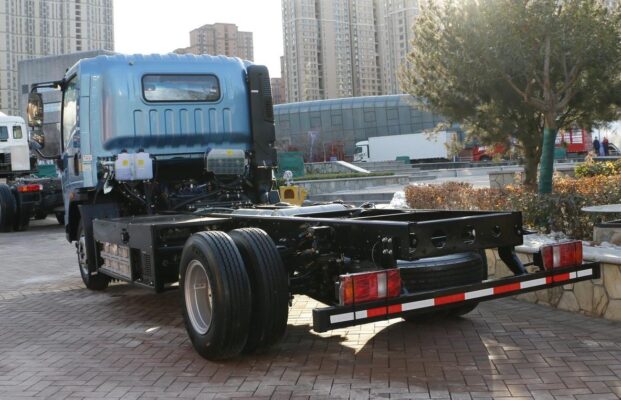
- Pay attention to the vehicle when driving:
When driving in the rainy season, it is essential to pay close attention to the condition of your vehicle. If the vehicle breaks down and cannot drive, pull over safely and wait for rescue. Use a triangle stand to alert other drivers and ensure your safety. Do not attempt to repair the vehicle by yourself, especially in rainy or hazardous conditions.
When driving on a muddy road, be cautious when using the accelerator and brake pedals. Avoid hard braking or sudden acceleration, as this can cause the vehicle to skid. Muddy roads can reduce traction, and sudden movements can lead to loss of control. Drive smoothly and gradually apply the brakes and accelerator to maintain stability.
Məsələn, if your vehicle breaks down in the rain, attempting to repair it yourself can be dangerous. Wait for professional help to arrive to ensure your safety and prevent further damage to the vehicle. On a muddy road, hard braking or acceleration can cause the vehicle to slide and potentially lead to an accident. By driving carefully and avoiding sudden movements, you can stay in control of the vehicle and avoid dangerous situations.
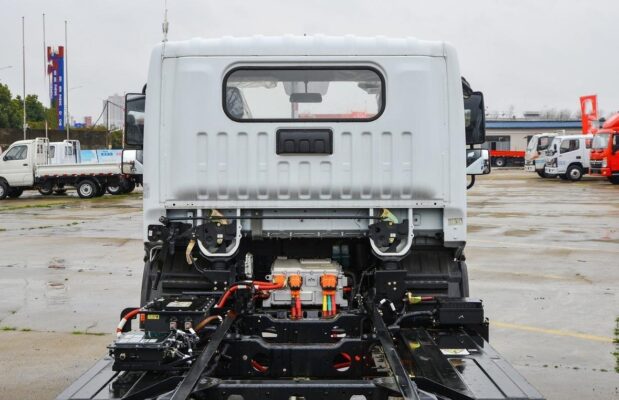
- Wading in the rain:
Avoid driving your elektrik avtomobil into deep water to prevent leakage and short circuit accidents. Water can damage the electrical components of the vehicle and pose a serious safety hazard. When the vehicle is soaked in water, do not consider continuing to drive. Quickly cut off the power and leave the vehicle. Try not to contact the metal body of the vehicle to avoid electric shock.
If you encounter a flooded area, assess the depth of the water carefully before proceeding. If the water is too deep, find an alternative route. Do not attempt to drive through water that is above the recommended wading depth for your vehicle.
Məsələn, driving into deep water can cause serious damage to the vehicle’s electrical system and battery. This can lead to expensive repairs and potential safety risks. By being cautious and avoiding wading in deep water, you can protect your vehicle and ensure your safety.
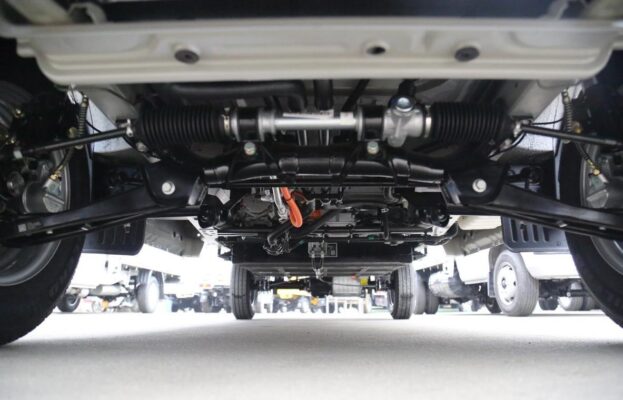
- Charging instructions:
During the summer, it is important to be mindful of charging your new energy pure elektrik avtomobil. Avoid charging at high temperatures. Due to the temperature characteristics of the power battery, after the vehicle is driven at high speed, it is recommended to park for 30 minutes in summer and charge in a cool and ventilated place. This allows the battery to cool down before charging, reducing the risk of overheating and potential damage.
When there is a thunderstorm, try not to charge the vehicle as much as possible. Lightning strikes and power surges can damage the charging equipment and pose a safety hazard. If the vehicle is charging in an open area or a low-lying place, terminate charging after it rains to avoid short circuits caused by the height of accumulated water exceeding the charging port.
Məsələn, charging the vehicle at high temperatures can lead to overheating of the battery and reduce its lifespan. Digər tərəfdən, charging during a thunderstorm can be dangerous and may damage the vehicle and charging equipment. By following these charging instructions, you can ensure the safety and longevity of your vehicle’s battery.
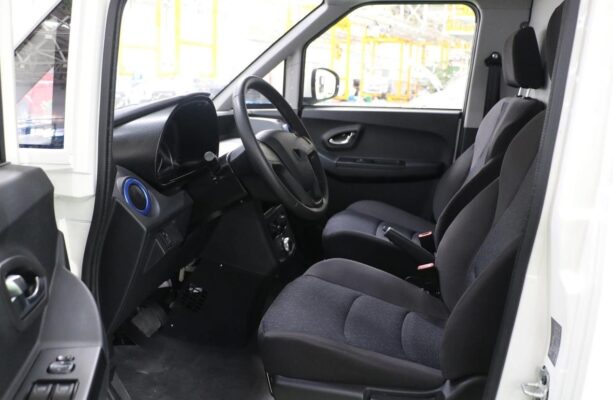
- Avoid being underpowered during storage:
If the vehicle is left idle for an extended period, it is important to avoid being in an underpowered state. The longer the underpowered state is maintained, the more serious the battery damage can be. Therefore, when the battery is idle, it should be replenished with electricity once a month to better maintain the battery’s healthy state.
Regularly charging the battery even when the vehicle is not in use helps prevent the battery from discharging too much and reduces the risk of damage. This is especially important for long-term storage periods.
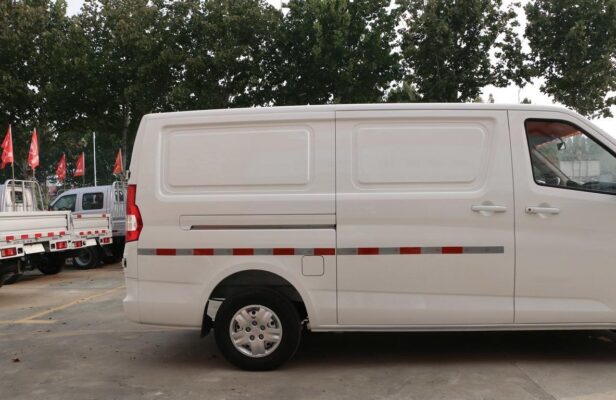
Məsələn, if a vehicle is left unused for months without being charged, the battery can lose its charge and may suffer irreversible damage. By regularly replenishing the battery with electricity, you can keep it in good condition and ensure that it is ready to use when needed.
Yekun olaraq, proper summer maintenance of new energy pure elektrik avtomobils is essential for ensuring their performance, təhlükəsizlik, and longevity. By following these guidelines and paying attention to the specific needs of your vehicle during the summer months, you can enjoy a smooth and reliable driving experience while protecting your investment.